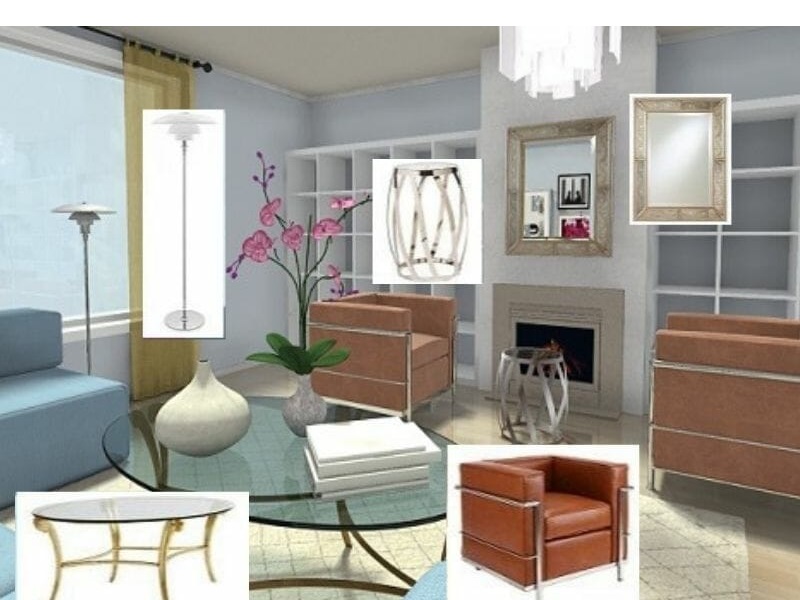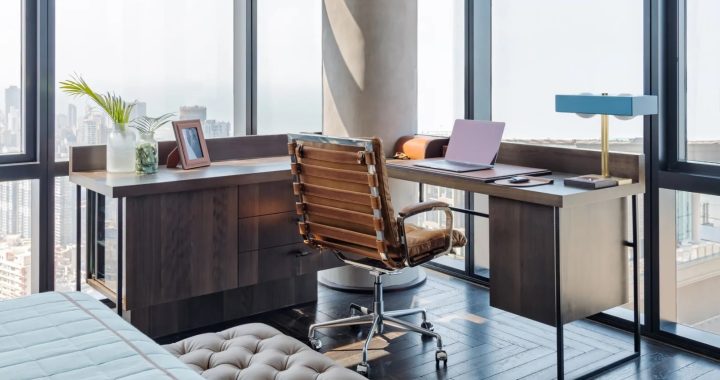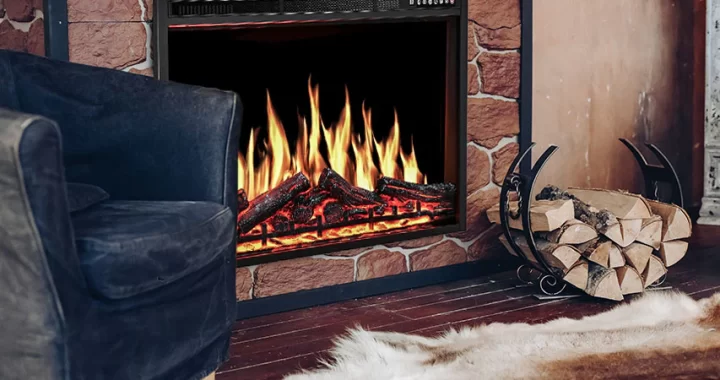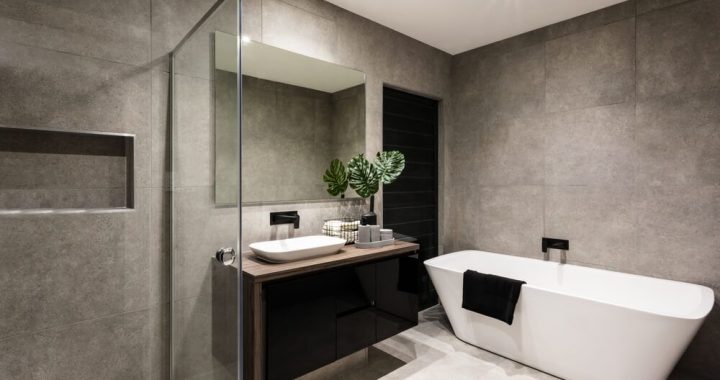The Art of Mixing Textures in Interior Design

Interior design is not just about selecting furniture and decor that look nice together, it’s also about creating an ambiance that evokes a certain feeling or mood. One of the ways to achieve this is by incorporating different textures into your design. Mixing textures adds depth and interest to a room, making it feel more cozy and inviting. In this article, we’ll explore the art of mixing textures in interior design.

Texture refers to the surface quality of an object. In interior design, textures can be divided into two categories: visual texture and tactile texture. Visual texture refers to the way a surface looks, while tactile texture refers to how it feels when touched. When combining textures, it’s important to consider both types to create a harmonious design.
When mixing textures, there are a few guidelines to keep in mind. Firstly, try to keep a balance between hard and soft textures. For example, pairing a rough, textured rug with a smooth, leather sofa can create an interesting contrast. Secondly, consider the scale of the textures. Mixing large-scale textures, like a chunky knit throw with small-scale textures, such as a delicate lace curtain, can create a dynamic visual effect. Lastly, consider the color scheme. Pairing different textures in similar shades can create a cohesive and calming design.
Some popular textures to mix in interior design include:
Wood and metal: This is a classic combination that adds warmth and industrial charm to a room. Mixing a rustic wooden table with metal chairs can create a stylish and functional dining area.
Natural and synthetic materials: Combining natural textures, like a woven basket or a jute rug, with synthetic materials, like a sleek acrylic coffee table, can create an interesting contrast that adds visual interest to a space.

Soft and hard textures: Combining soft, plush textures, like a fluffy faux fur throw, with hard, sleek textures, like a glass coffee table, can create a balanced and inviting atmosphere.
Rough and smooth textures: Mixing rough textures, like a stone fireplace or a brick wall, with smooth textures, like a velvet sofa or silk curtains, can create a sophisticated and textured design.
Matte and glossy textures: Combining matte textures, like a wool rug, with glossy textures, like a glass vase, can create a dynamic and visually appealing design.
Mixing textures is a simple and effective way to elevate your interior design. By incorporating a variety of textures, you can add depth and interest to a room, creating a cozy and inviting atmosphere. When mixing textures, remember to consider the balance, scale, and color scheme to create a harmonious and visually appealing design.


 Design Tips for Crafting a Functional Yet Stylish Office
Design Tips for Crafting a Functional Yet Stylish Office  Luxury Interior Design: How to Create a High-End Look in Your Home
Luxury Interior Design: How to Create a High-End Look in Your Home  Transforming a Small Space: Interior Design Ideas for Studio Apartments
Transforming a Small Space: Interior Design Ideas for Studio Apartments  10 Tips for Interior Design on a Budget
10 Tips for Interior Design on a Budget  Your Home’s Guardian: Why a Reliable Roofing System is Essential
Your Home’s Guardian: Why a Reliable Roofing System is Essential  A Comprehensive Guide to Choosing an Electric Fireplace
A Comprehensive Guide to Choosing an Electric Fireplace  Designing a Modern and Functional Bathroom: Key Considerations
Designing a Modern and Functional Bathroom: Key Considerations